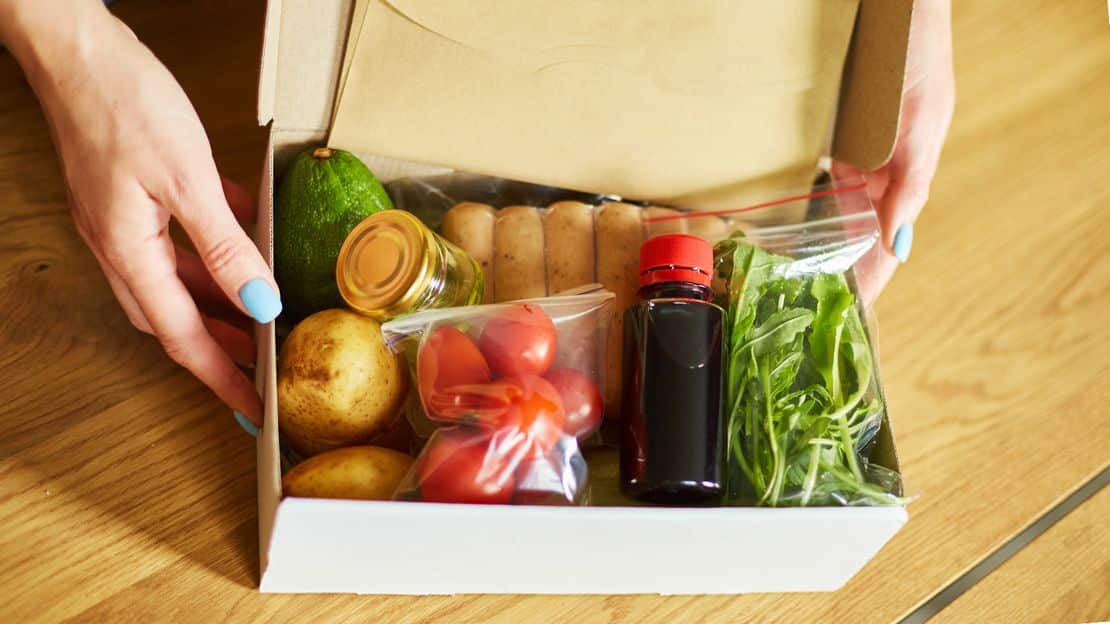With 2021 in full swing, Canadians are looking for ingredients that help promote health and wellness, continue to cook from home, and are becoming increasingly interested in sustainability and shopping local. These food trends will be the ones to keep an eye on as the year unfolds.
Chickpea Central
Cauliflower, please. Move over for the mighty chickpea. This plant-based protein will be gracing many Canadian plates in a variety of ways due to its versatility and cost-effectiveness. Although they’re already considered a pantry staple and well known for their role in hummus, chickpeas are being recognized for their full fibre-rich potential. Think chickpea pizza, chickpea cereal, and chickpea flour, among other products to line the shelves.
Plant-Jerky
Speaking of plants, jerky is taking on a new look with fruit and vegetables. Dried and jerky-styled snacks with fresh flavours chock full of nutrients are shelf-stable alternatives to perishable produce for consumers looking to grab something on the go. Forbes reports that — according to the International Food Information Council’s 2020 Food & Health Survey — 54 per cent of all consumers (and 63 percent of those 50 and older), care more about the healthfulness of their food and beverage choices in 2020 than they did in 2010, and fruit and vegetable jerky definitely fit within this movement.
Putting the Break Back in Breakfast
Breakfast is making a comeback! The first meal of the day is becoming the most important – again. With more people working from home, a lot of folks are finding they have more time to cook with less time commuting, and are taking advantage of this opportunity to nourish themselves. This creates a whole new space for innovative products for those interested in eating right and early.
Coffee, Hold the Cup
Consumers looking for their java fix don’t have to limit themselves to a cuppa anymore. Food Network reports new products available like coffee flavoured yogurt, granola bars, smoothie mixes and more, coffee lovers can get their caffeine in just about anything. Talk about buzz-worthy.
Less Waste, More Snacks
Canadians are starting to make known that they want to see less product go to waste, and turning food scraps into snacks is a massive step in the right direction. Experts at Wholefoods say upcycled foods, made from the leftover product waste that would otherwise be considered useless, help to maximize the energy used to produce, transport and prepare that ingredient, like chips made from food pulp or baking flour made from upcycled soybean pulp for example.
These products are all in alignment with the Canadian consumer’s interests this year: nutrition that aligns with individual health needs, and food choices that align with values like sustainability.










